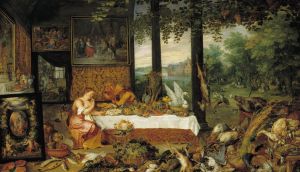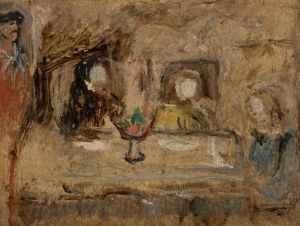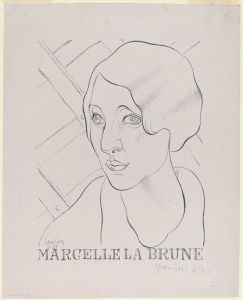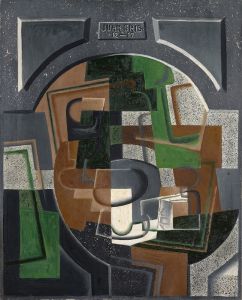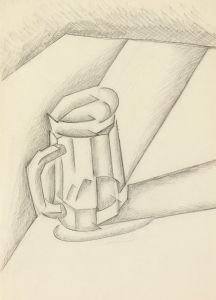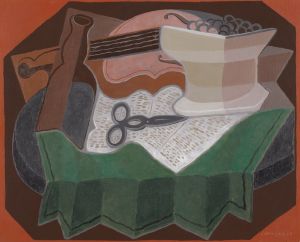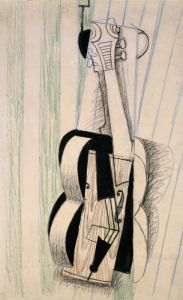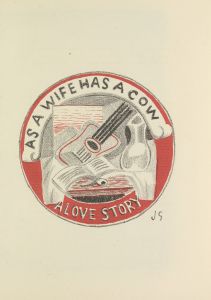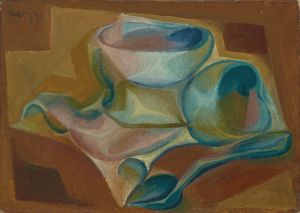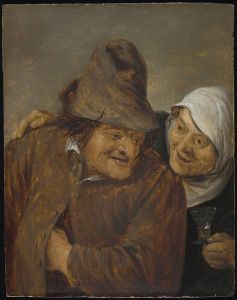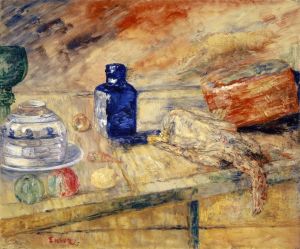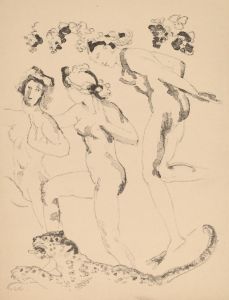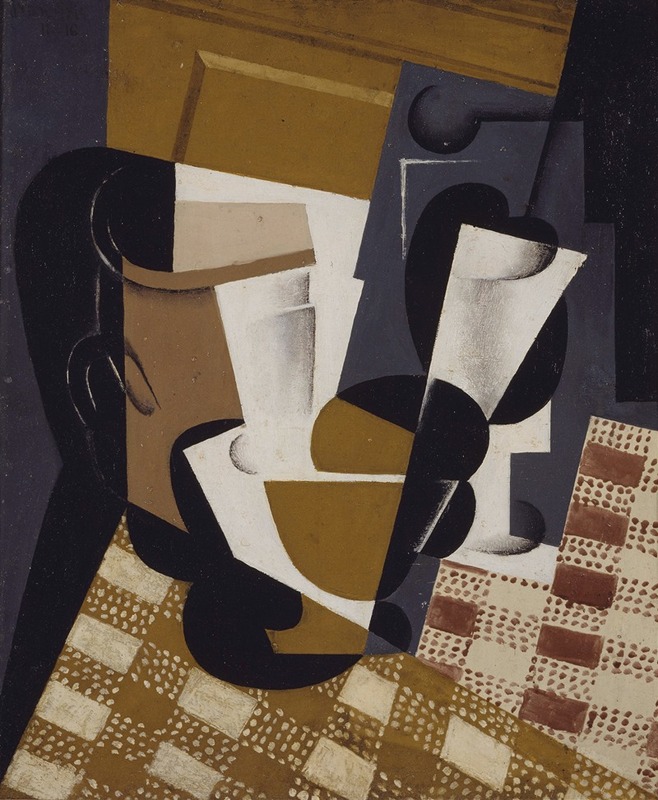
Wine Jug and Glass
A hand-painted replica of Juan Gris’s masterpiece Wine Jug and Glass, meticulously crafted by professional artists to capture the true essence of the original. Each piece is created with museum-quality canvas and rare mineral pigments, carefully painted by experienced artists with delicate brushstrokes and rich, layered colors to perfectly recreate the texture of the original artwork. Unlike machine-printed reproductions, this hand-painted version brings the painting to life, infused with the artist’s emotions and skill in every stroke. Whether for personal collection or home decoration, it instantly elevates the artistic atmosphere of any space.
Juan Gris, a prominent figure in the Cubist movement, created the painting "Wine Jug and Glass" in 1913. Gris, born José Victoriano González-Pérez in Madrid in 1887, moved to Paris in 1906, where he became associated with the avant-garde art scene. He was influenced by fellow artists such as Pablo Picasso and Georges Braque, who were pioneering the Cubist style.
Cubism, characterized by fragmented and abstracted forms, sought to depict subjects from multiple viewpoints. This approach challenged traditional perspectives and aimed to represent the complexity of the modern world. Gris's work is noted for its clarity, precision, and use of color, distinguishing him from other Cubists who often employed a more monochromatic palette.
"Wine Jug and Glass" exemplifies Gris's mature style, which he developed after 1912. In this painting, Gris employs a combination of geometric shapes and a subtle color palette to depict everyday objects—a wine jug and a glass. The composition is carefully structured, with overlapping planes and interlocking forms that create a sense of depth and movement. Gris's use of color is both restrained and harmonious, with muted tones that enhance the painting's sense of balance and unity.
Gris's approach to Cubism was analytical, and he often incorporated elements of collage into his paintings. Although "Wine Jug and Glass" is a painted work, it reflects the influence of collage through its layered composition and the juxtaposition of different textures and patterns. This technique allows Gris to explore the relationship between objects and space, as well as the interplay between reality and abstraction.
The painting is a testament to Gris's ability to transform ordinary objects into complex, dynamic compositions. His work often reflects a sense of order and stability, achieved through meticulous attention to detail and a thoughtful arrangement of forms. Gris's contribution to Cubism is significant, as he expanded the movement's possibilities by integrating color and structure in innovative ways.
"Wine Jug and Glass" is housed in the collection of the Thyssen-Bornemisza Museum in Madrid, Spain. The museum, which opened to the public in 1992, holds an extensive collection of European art, including works from the Renaissance to the modern era. Gris's painting is part of the museum's modern art collection, which features other notable Cubist works.
Juan Gris's legacy as a Cubist artist is marked by his unique approach to form and color. His paintings continue to be studied and admired for their technical precision and aesthetic appeal. "Wine Jug and Glass" remains an important example of Gris's contribution to the Cubist movement and his ability to capture the essence of everyday objects through abstraction.





